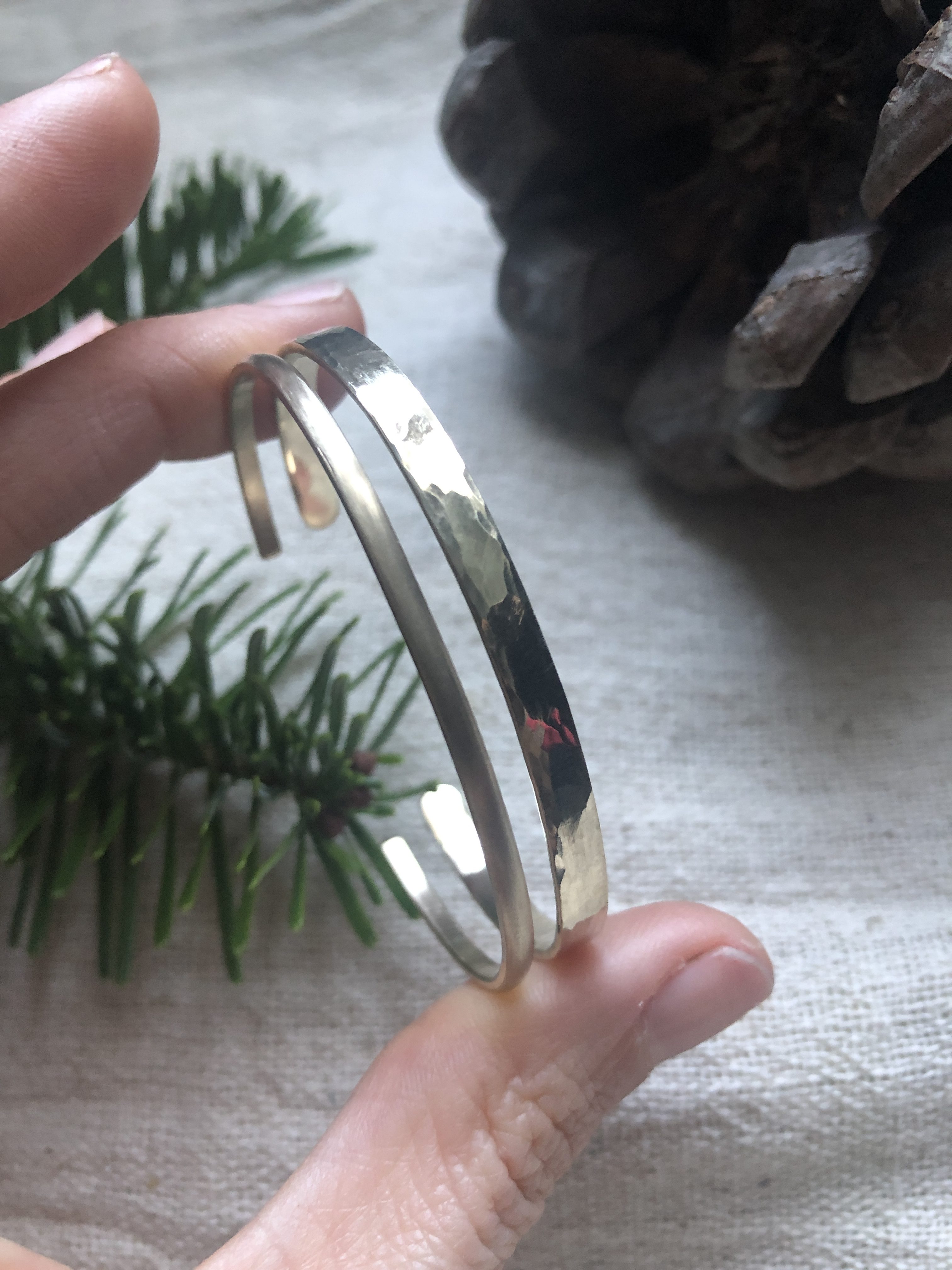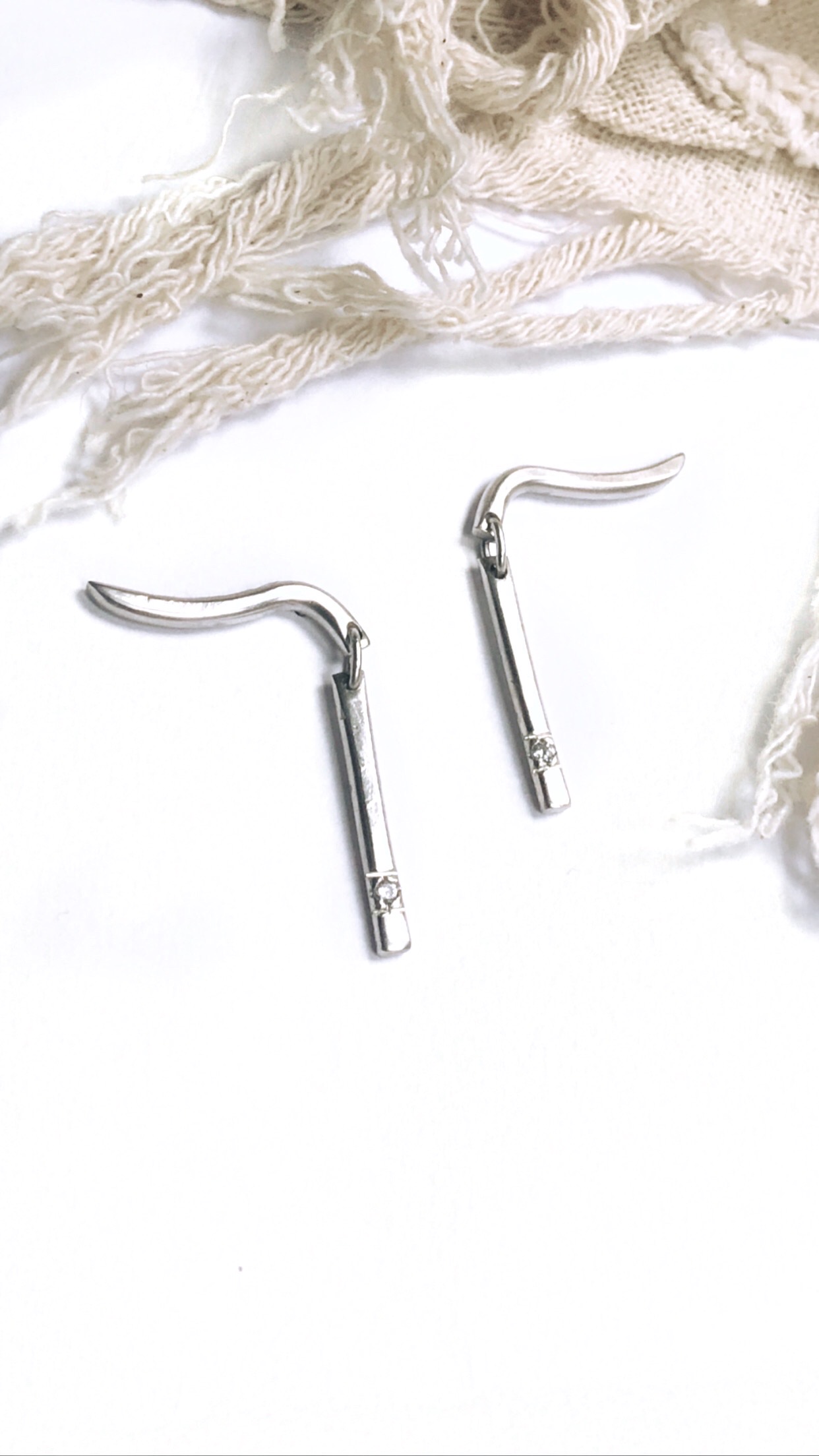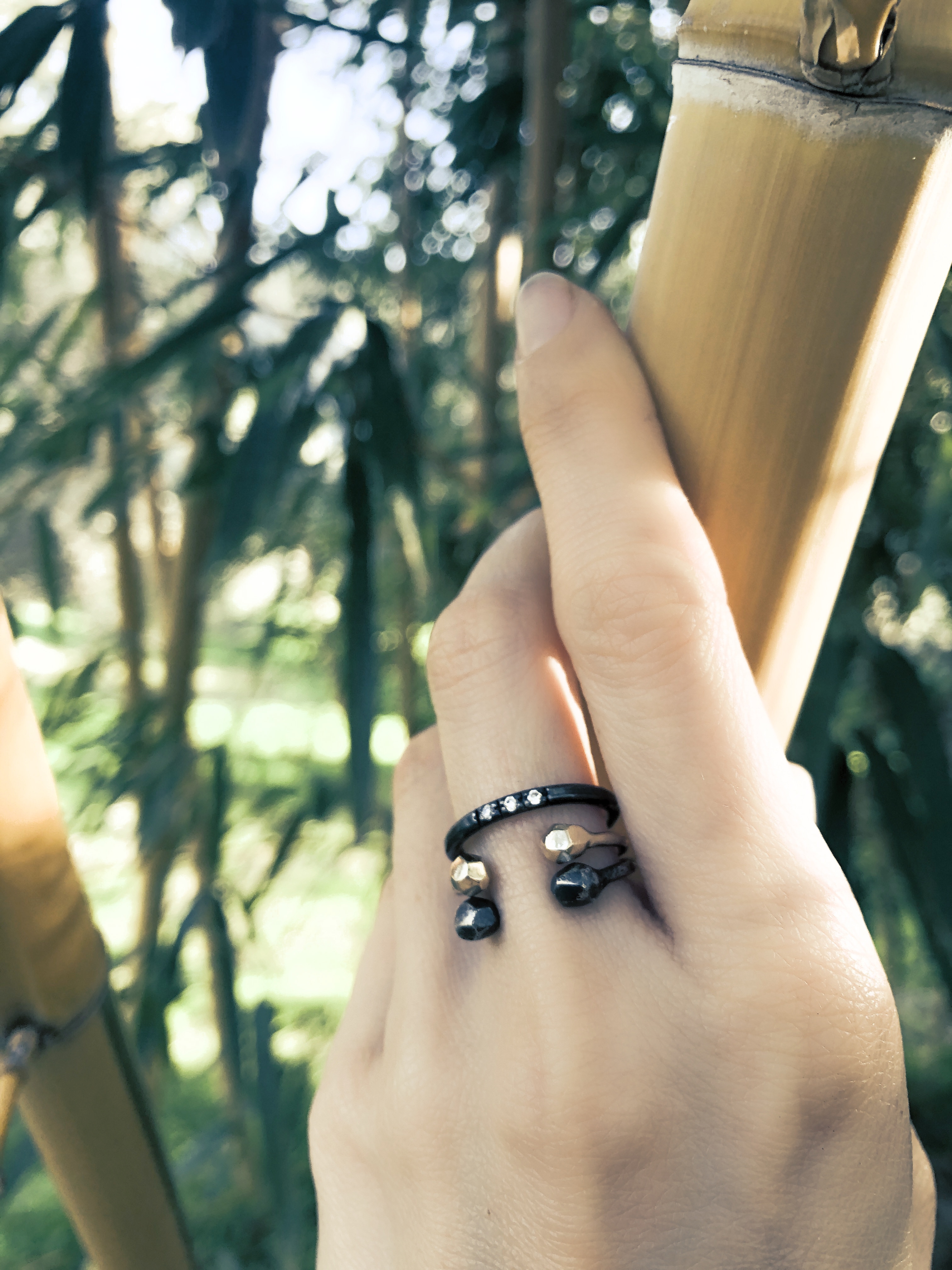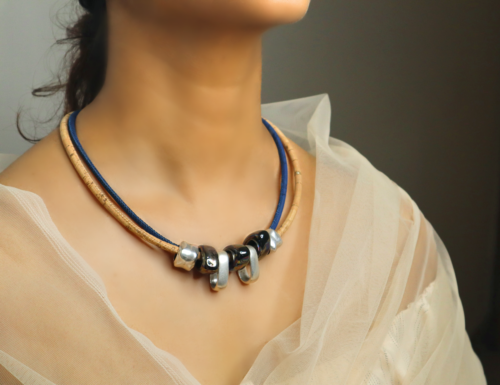The sustainable fashion movement has paved the way to an increasing number of people asking questions about where their clothes come from. Who made them? Are the materials sustainable? Are the working conditions of those producing them fair? Is anyone being hurt in the process? Many people who have started to become aware of the impact the fast fashion industry has on the planet, are not yet asking the same questions when it comes to purchasing jewellery. But really, the same principles apply.

Naturally the fast fashion industry produces tons of cheap jewellery for high street shopping, which doesn’t last very long and ends up as waste in landfill. But the high end, luxury jewellery industry too, has a huge devastating impact on the environment and people, which are important to talk about and become aware of.
The most prominent aspect of the industry are conflict diamonds. The film Blood Diamond, starring Leonardo DiCaprio has shed light on the origins of certain diamonds and that the trade often funds bloody conflicts, corruption, and even genocide. In 1990 the Kimberly Process was introduced, aiming to remove conflict diamonds from circulation. While this is a fantastic organisation, it hasn’t been possible to eradicate the trade of such diamonds entirely. Eco-aware jewellers will do their utmost to source diamonds conflict free and fair-trade, which should also make sure that miners are promised fair working conditions. If we then manage to be 100% certain that the diamond we purchased is indeed ethical in this regard, there remains the aspect of environmental sustainability.

Mining diamonds involves some serious environmental concerns including, land degradation, water quality and the effects it has on wildlife and biodiversity. After extracting the material from the earth there is a manufacturing process involving disposing of toxic chemicals. The Gemstones and Sustainable Development Knowledge Hub does a lot of research on this and aims to spread awareness on the topic.
While diamond mining does not depend on chemicals for extraction of the raw material, gold mining often involves harmful substances and therefore it is considered one of the
most environmentally unfriendly metals to mine. Cyanide, a deadly poison is regularly used to extract gold from ore. Surrounding water sources are literally poisoned, affecting wildlife and villages in the vicinity. Creating the mines themselves destroy forests and other landscapes, their giant craters often visible from outer space.

Considering all this information, is there such a thing as sustainable jewellery? The answer is yes! Here is what you should look out for when searching for a sustainable brand.
1. “Buy Less, Choose Well, Make it Last” – Vivienne Westwood
Consider buying from small, handmade businesses, where it is absolutely clear who is involved in the process and that working conditions are fair. It is also more likely to be transparent what the values of a brand are and if sustainability is one of them. It is worth spending a little bit more and making sure that the piece is made well and will last you a long time.
2. What metals are used and where do they come from?
Make sure that quality materials are used. Gold and silver are favourites and can be recycled easily. Old pieces can be melted down and re-used for new ones and there is a rising number of handmade jewellery businesses that are opting for such practices. Because of this demand, bullion suppliers are now offering recycled gold and silver wire and sheet metal for the manufacturing of fine jewellery.
3. Ethical and Sustainable Gemstones
Conscious jewellery designers are now opting to use alternatives to natural gemstones. Synthetic diamonds, such as cubic zirconia stones are very cheap and resemble diamonds superficially. If you want something more luxurious and do not want to give up on the clarity and sparkle of a natural diamond, science has provided a solution for this. Real diamonds can be grown in laboratories, in which natural conditions for the growth of solid carbon in a diamond cubic crystal structure is

facilitated, thus creating an identical gemstone to the natural diamond. Not even gemstone experts can tell the difference. They are not the cheapest option, proving themselves a luxury item, but they are slightly less pricy than the natural equivalent. And the best part, no mining, no destruction of the environment and no conflicts involved!
As a conscious jewellery designer, I continue to research the sustainability of all aspects of my business and adopt more and more practices as I go along. Naturally I have implemented all the above but there are a few things that I am still trying to find solutions for. The most important one being the packaging I use. I have found eco jewellery boxes with a luxurious feel but unfortunately the foam inserts are still produced from plastic. I have scanned the market and spoken to other businesses and it turns out that there is no sustainable solution for this now. I am now on a mission to encourage manufacturers to produce such a product for the jewellery industry. Wish me luck!



